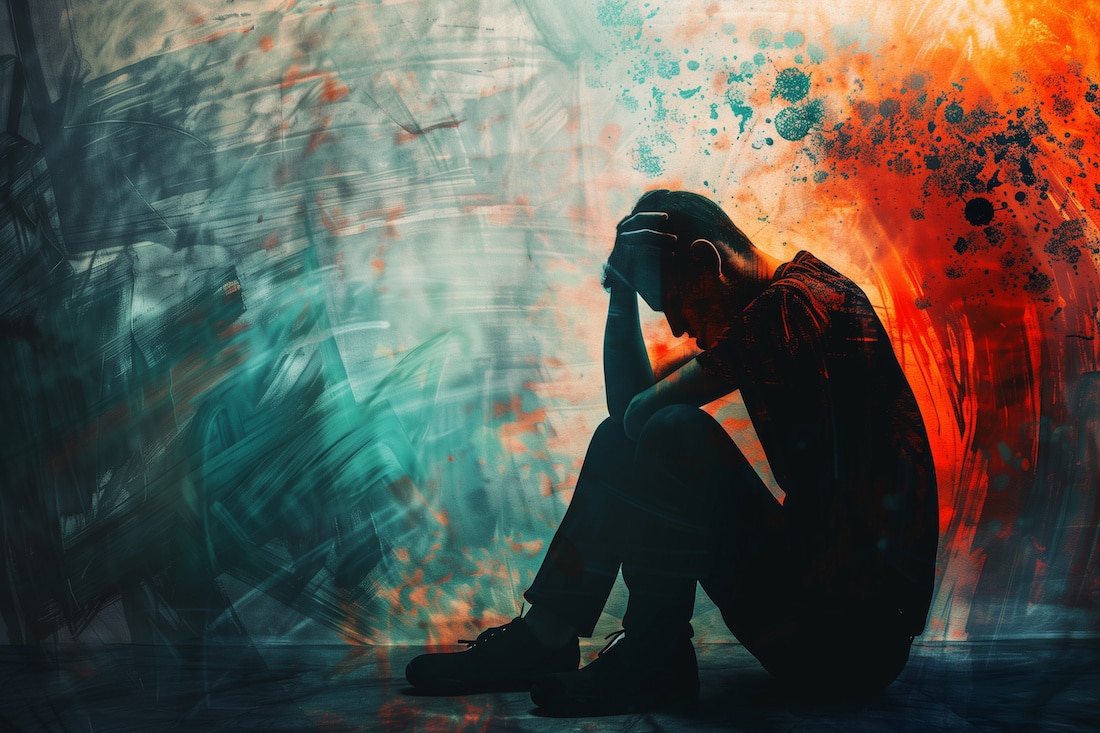Summer is often filled with fun activities, like cookouts, pool parties, and family road trips. The last things you may be keeping an eye out for are the stages of a drug or alcohol addiction in yourself, a friend, or a loved one.
In fact, the events of the summer can easily disguise an addiction problem. Therefore, it’s important that you’re aware of the different stages of addiction so you can recognize if a drug or alcohol addiction is developing.
5 Stages of Addiction
The five stages of drug and alcohol addiction that you should be aware of include:
- Experimentation: This first stage of drug or alcohol addiction can be difficult to recognize, especially if a loved one is trying a substance for the first time. It can be hard for you to determine if this experimental use will turn into something more serious. If a loved one is experimenting with drugs or alcohol, you should watch out for the reasons they’re experimenting, how much they’re experimenting with, and how often they experiment with new substances.
- Regular Use: During this stage, individuals will have incorporated their substance abuse into their everyday lives. For some, this might be difficult to recognize, especially if they are “functioning” in their regular use. During this time, you may begin to notice if their regular use is becoming problematic, and if they go through periods of time where they use, they stop using, and then they use again.
- Risky Use: Risky use can be difficult to recognize, especially since your definition of risky may be different than someone else’s definition of risky. However, as an individual keeps using, you will notice significant changes in their behavior that may be alarming. At this point, you should look into getting them treatment for their risky use before it escalates.
- Dependence: By the time an individual is dependent on their substance(s) of choice, both their body and mind are reliant on the substance(s). During this stage, a loved one’s use can result in serious behavioral changes that are obvious and dangerous. At this time, it’s important to help your loved one by providing them with substance abuse treatment options to address their dependency.
- Addiction. The continual abuse of substances may lead to a drug or alcohol addiction, especially if an individual continues to progress through the stages listed. If a drug or alcohol addiction develops, it’s vital that the individual changes their behaviors surrounding the abuse, which is where professional addiction treatment comes in.
What to Watch For
Each one of these stages includes symptoms of substance abuse and addiction, but it’s only noticeable if you know what to look for. The most important symptoms that you should watch for include excessive experimentation, consistent use in daily life, changes in behavior, physical side effects that represent a growing dependence, and, of course, a loved one’s inability to stop using. By remembering all five stages of addiction, you can keep a watchful eye and work to intercept an addiction from developing in yourself or a loved one before it’s too late.
If you or a loved one are struggling with substance abuse and addiction, we can help. At Clearview, our clinicians have experience with and expertise in treating substance abuse and addiction at our Women’s Treatment Center, our Dual Diagnosis Treatment Center, and our outpatient treatment centers. Call us today at 855.714.7192 or fill out our contact form.



